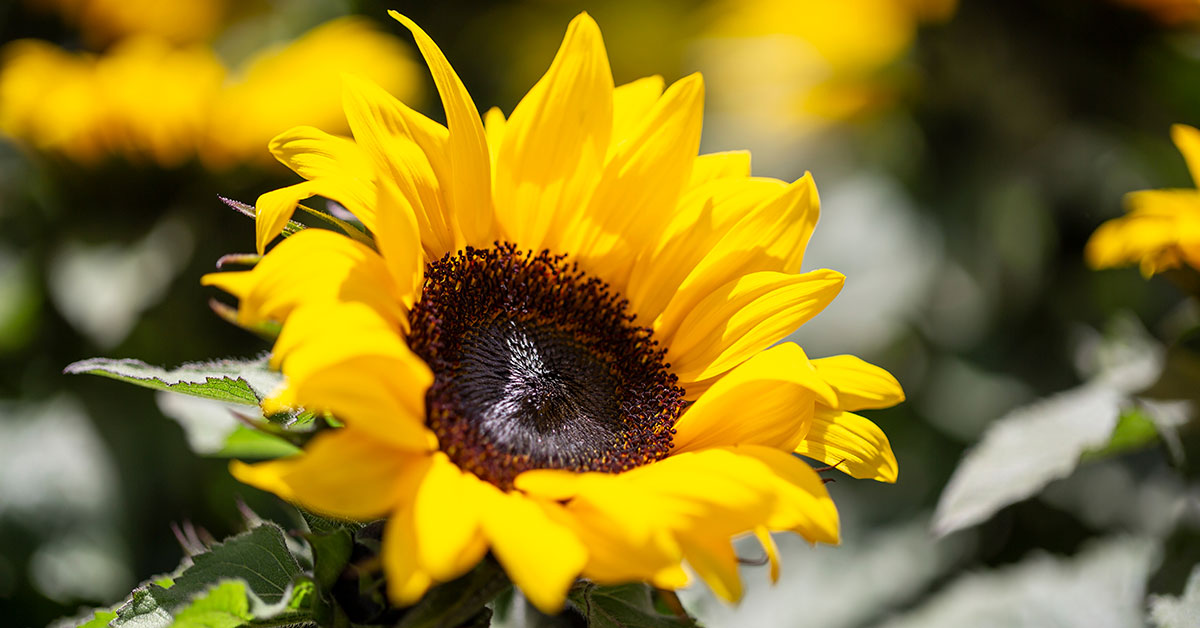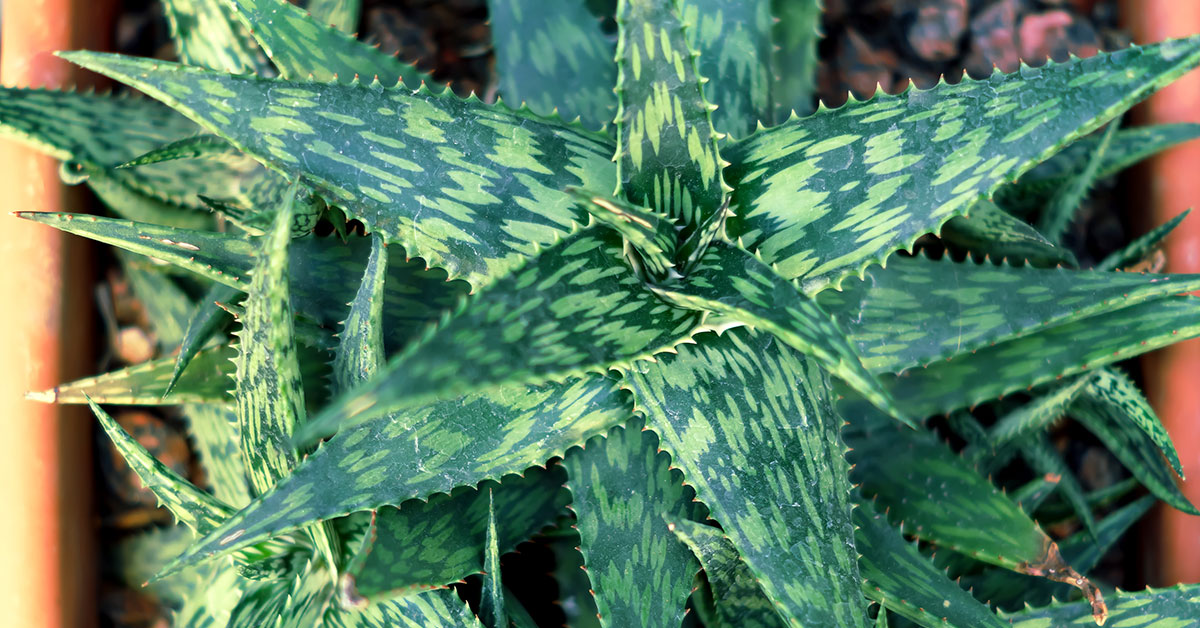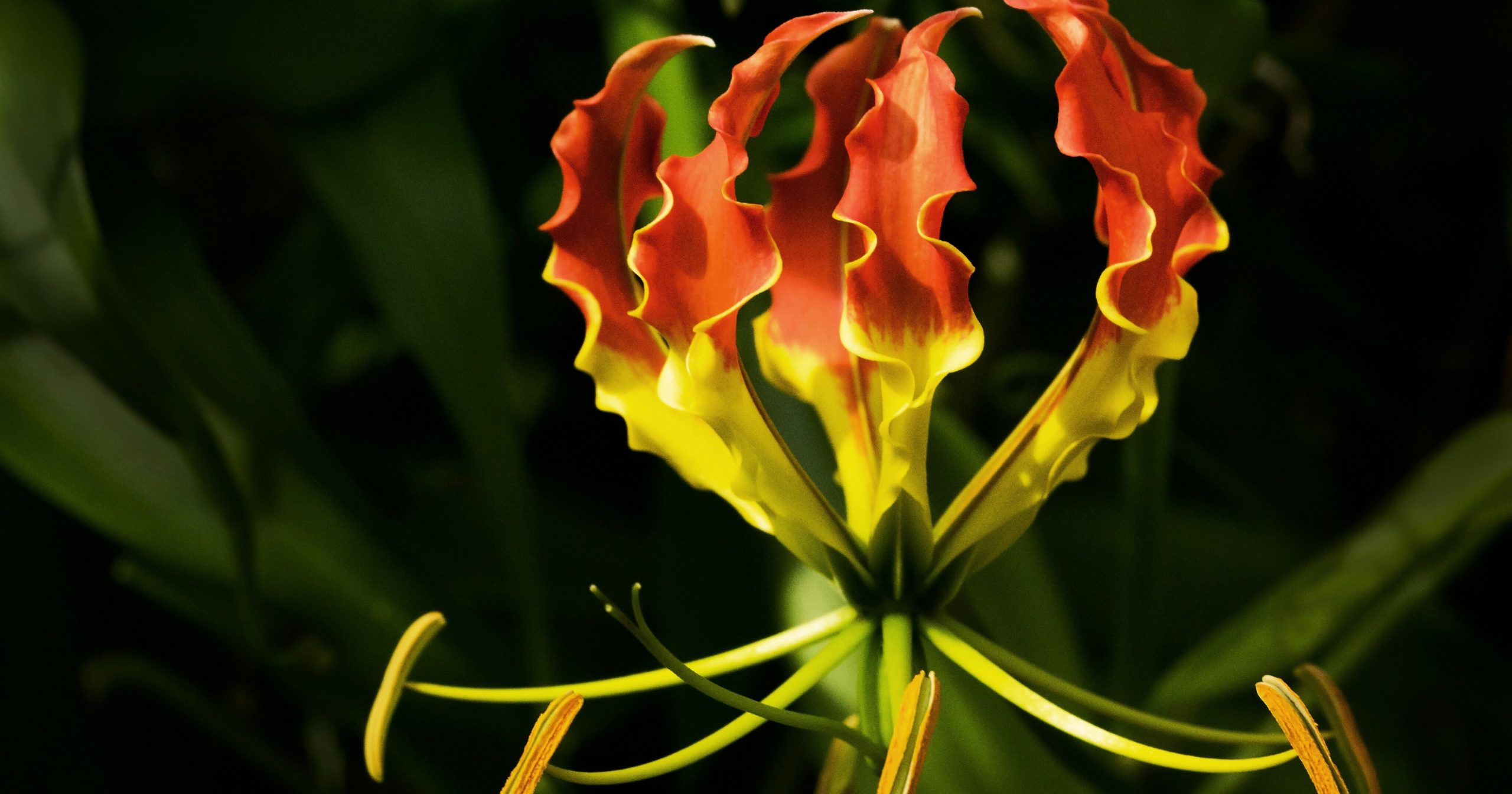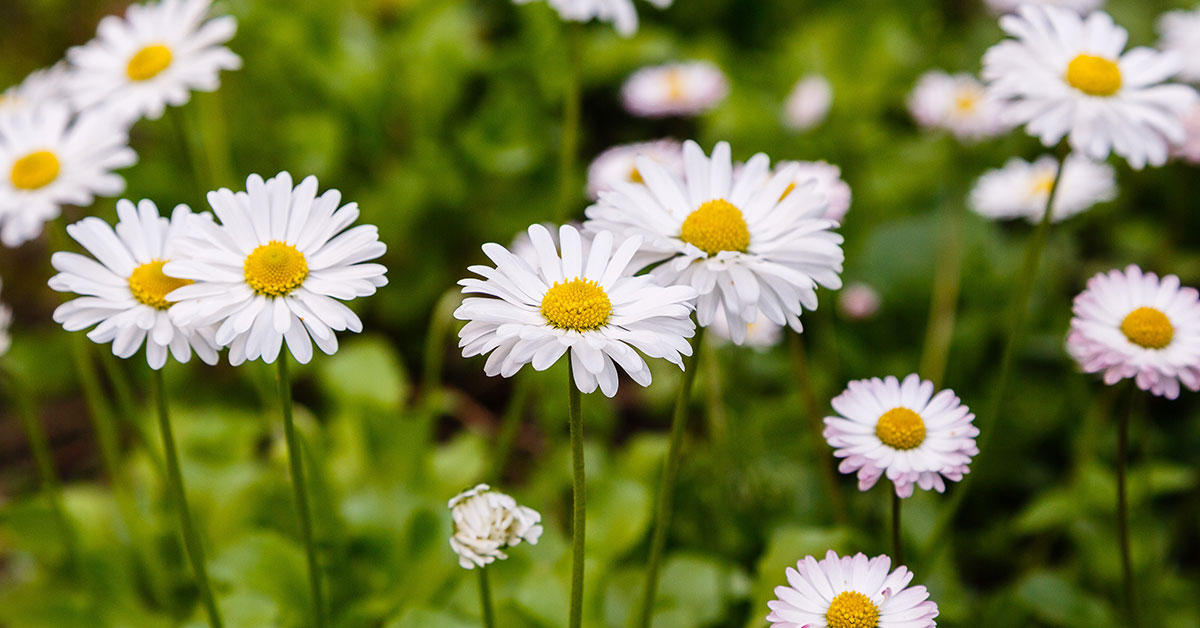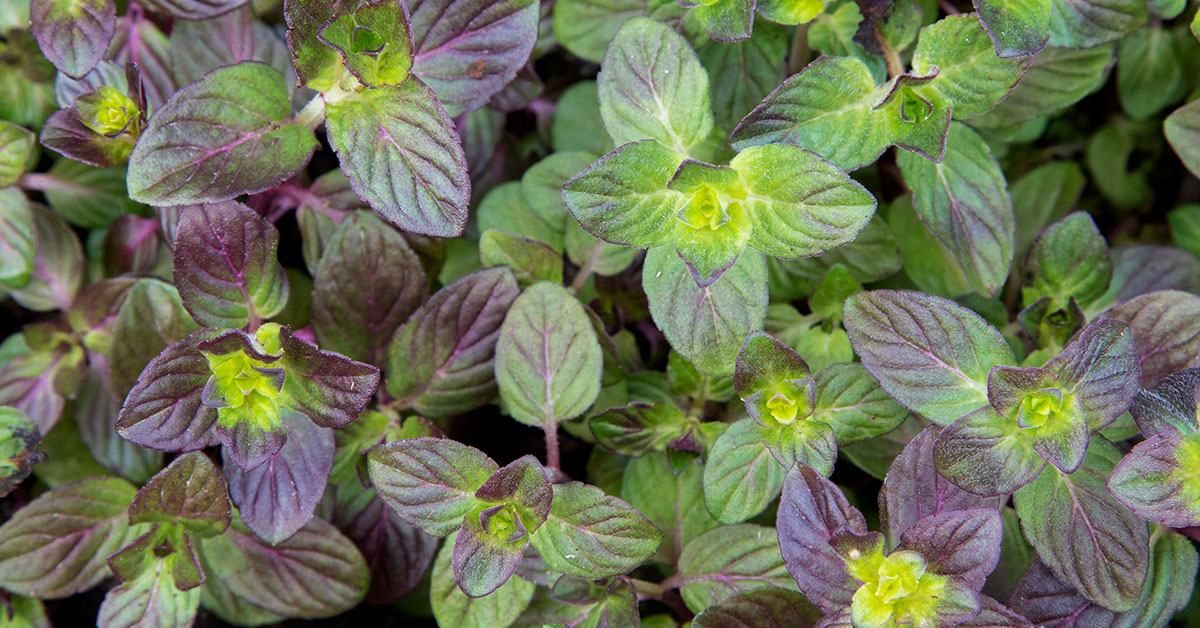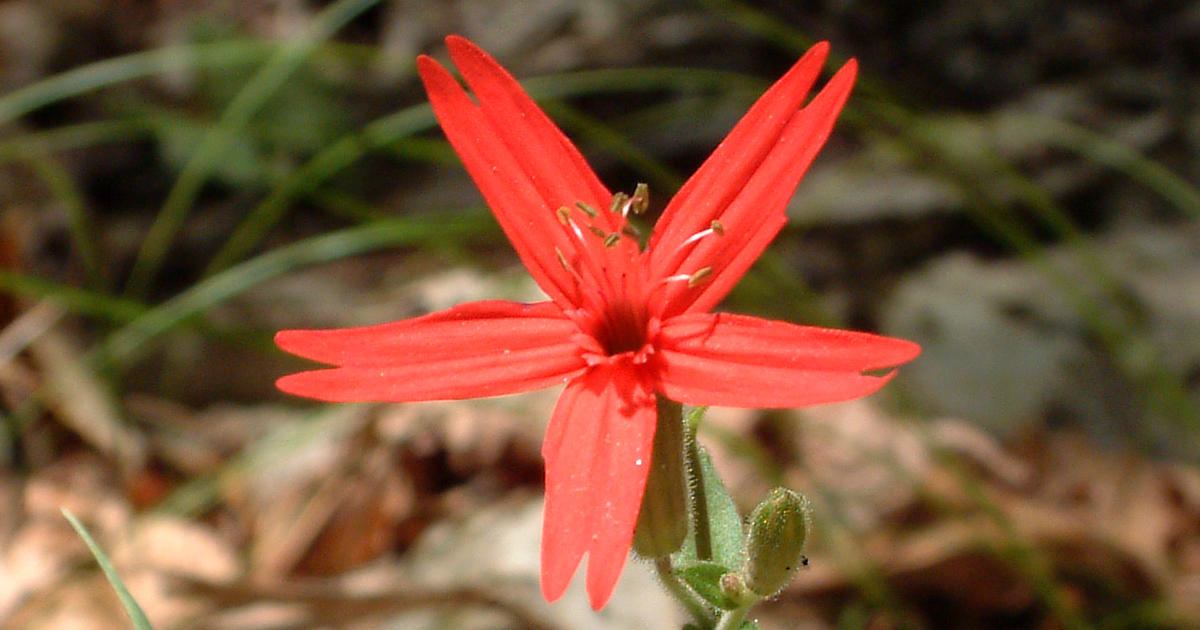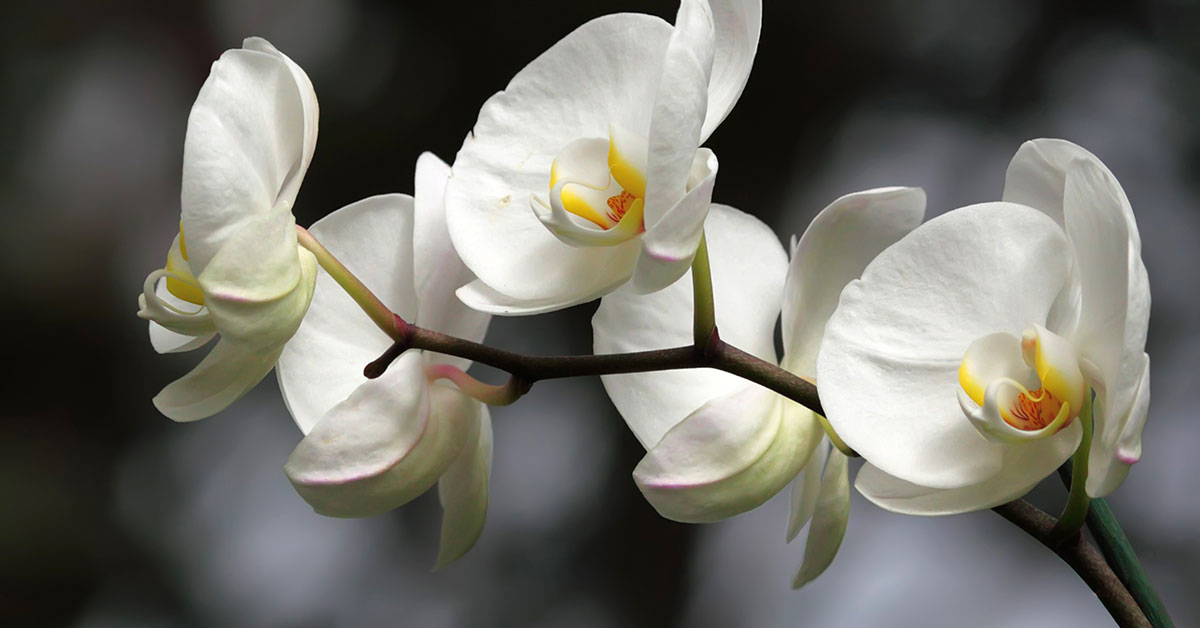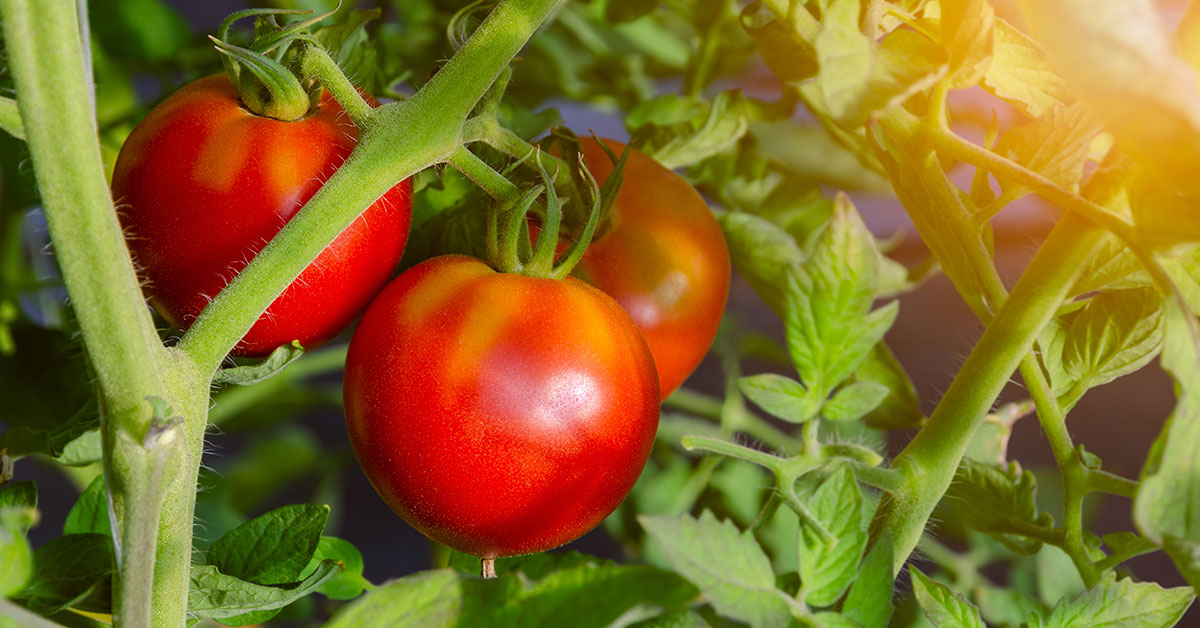In the world of sunflowers, size is not everything. Meet the Dwarf Sunspot Sunflower (Helianthus annuus ‘Dwarf Sunspot’), a captivating variety that proves big things come in small packages.
These petite marvels offer all the vibrant beauty and cheerfulness of their taller counterparts but in a more compact and manageable form. In this article, we will explore the joys of cultivating Dwarf Sunspot Sunflowers, unveiling the secrets to their successful growth and celebrating the unique charm they bring to gardens, balconies, and small spaces.
Whether you’re a gardening enthusiast with limited room or simply seeking a delightful addition to your floral collection, prepare to be captivated by the beauty and versatility of these radiant miniature sunflowers. Let us embark on a journey into the world of growing Dwarf Sunspot Sunflowers and discover the wonders they have to offer.
What is a Dwarf Sunspot Sunflower?
The Dwarf Sunspot Sunflower, also known as Helianthus annuus ‘Dwarf Sunspot’, is a unique sunflower variety that is specifically bred to be compact and smaller in size compared to traditional sunflowers. It is an ideal choice for those with limited space or for container gardening.
Dwarf Sunspot Sunflowers typically reach a height of around 1 to 2 feet (30 to 60 centimeters) and have a bushy, multi-stemmed growth habit. Despite their small stature, they still produce eye-catching flower heads.
The flower heads of Dwarf Sunspot Sunflowers are relatively large in proportion to the plant’s size. They feature a prominent dark brown or black central disk surrounded by bright golden-yellow ray florets, which are the individual petals we commonly associate with sunflowers. The contrast between the dark center and the vibrant yellow petals creates a striking visual appeal.
These sunflowers are also known for their relatively short growing season, typically reaching maturity in around 60 to 70 days from planting. This shorter time frame makes them a popular choice for gardeners who desire quicker results or live in regions with shorter growing seasons.
Dwarf Sunspot Sunflowers are easy to grow and care for. They require full sun exposure and well-drained soil. Like other sunflowers, they are relatively drought-tolerant once established but appreciate regular watering during dry periods.
Their compact size and striking flower heads make Dwarf Sunspot Sunflowers a versatile option for various garden settings, including borders, beds, or containers. They can also be a fun choice for children’s gardens or as cut flowers for small floral arrangements.
Whether you’re looking to add a touch of sunflower charm to a smaller garden space or simply enjoy the beauty of these delightful blooms up close, Dwarf Sunspot Sunflowers offer a compact and captivating option for sunflower enthusiasts of all levels.
What do Dwarf Sunspot Sunflowers look like?
Dwarf Sunspot Sunflowers are compact and smaller in size compared to standard sunflowers. They typically reach a height of around 1 to 2 feet (30 to 60 centimeters), making them an excellent choice for small gardens, containers, or borders.
The flower heads of Dwarf Sunspot Sunflowers are relatively large in proportion to the plant’s size. They feature a prominent dark brown or black central disk in the center. This central disk is composed of numerous tiny disc florets densely packed together.
Surrounding the central disk are bright golden-yellow ray florets, which are the individual petals we commonly associate with sunflowers. The ray florets are short and numerous, creating a dense and full appearance around the central disk. The vibrant yellow color of the petals adds to the overall visual appeal of the flower head.
The leaves of Dwarf Sunspot Sunflowers are broad and green, with a slightly rough texture. They are arranged alternately along the stems and can vary in size depending on the specific cultivar.
Dwarf Sunspot Sunflowers tend to have a bushy growth habit with multiple stems emerging from the base. This branching nature adds to their overall fullness and makes them visually appealing even in a smaller size.
Please note that individual specimens may exhibit slight variations in appearance due to factors such as growing conditions and genetic traits.
Growing guide
To grow Dwarf Sunspot Sunflowers (Helianthus annuus ‘Dwarf Sunspot’), follow these steps:
- Choose a suitable location: Select a spot in your garden or a container that receives full sun exposure. Dwarf Sunspot Sunflowers require at least 6 to 8 hours of direct sunlight daily to thrive.
- Prepare the soil: Ensure the soil is well-draining and loose. Loosen the soil with a garden fork or tiller and remove any weeds or debris. Incorporate organic matter, such as compost or well-rotted manure, to improve soil fertility and drainage.
- Sow the seeds: Directly sow the Dwarf Sunspot Sunflower seeds into the prepared soil after the danger of frost has passed. Plant the seeds about 1 inch (2.5 centimeters) deep and space them around 6 to 12 inches (15 to 30 centimeters) apart. You can also start the seeds indoors in biodegradable pots 2 to 3 weeks before the last frost date and transplant them outdoors once the soil has warmed up.
- Watering and maintenance: Keep the soil consistently moist but not waterlogged during the germination phase, which typically takes 7 to 10 days. Once the plants are established, they are relatively drought-tolerant but still benefit from regular watering, especially during dry spells. Water deeply at the base of the plants rather than overhead to avoid wetting the foliage. Applying a layer of mulch around the base of the plants can help retain soil moisture and suppress weed growth.
- Provide support (optional): While Dwarf Sunspot Sunflowers are generally self-supporting due to their compact size, providing support such as stakes or small cages can help protect them from wind damage or bending. This is particularly useful in windy locations.
- Fertilization: Dwarf Sunspot Sunflowers do not typically require heavy fertilization. However, incorporating compost or a balanced fertilizer into the soil before planting can provide essential nutrients. Follow the package instructions for application rates.
- Pest and disease control: Monitor your sunflowers for common pests such as aphids or caterpillars. Use organic pest control methods or appropriate insecticides if necessary. Dwarf Sunspot Sunflowers are generally resistant to diseases, but maintaining good air circulation and avoiding overhead watering can help prevent issues.
By following these steps and providing proper care, you can enjoy the compact and vibrant beauty of Dwarf Sunspot Sunflowers in your garden or containers.
Common problems
While Dwarf Sunspot Sunflowers (Helianthus annuus ‘Dwarf Sunspot’) are generally easy to grow, they can encounter a few common problems. Here are some issues you may face when growing these sunflowers and how to address them:
Pests: Dwarf Sunspot Sunflowers can attract pests such as aphids, caterpillars, and birds. Monitor your plants regularly for signs of infestation, such as distorted leaves or visible insects. Use organic pest control methods like insecticidal soaps, neem oil, or physical barriers like netting to protect your sunflowers from pests. Bird deterrents can also be employed to prevent seed predation.
Diseases: While Dwarf Sunspot Sunflowers are relatively resistant to diseases, they can occasionally be affected by fungal infections like powdery mildew or downy mildew. To minimize the risk of diseases, provide good air circulation by spacing the plants adequately and avoid overhead watering. If necessary, use appropriate fungicides according to the instructions on the product label.
Nutrient deficiencies: Sunflowers, including Dwarf Sunspot varieties, may experience nutrient deficiencies if the soil lacks essential elements. Common deficiencies include nitrogen, phosphorus, and potassium. Monitor the plants for signs of yellowing leaves or stunted growth. Address nutrient deficiencies by incorporating balanced fertilizers or organic amendments into the soil, following the recommended dosage.
Floppy stems: Although Dwarf Sunspot Sunflowers are more compact, they can still face issues with weak or floppy stems. Providing support, such as small stakes or cages, can help keep the plants upright and prevent bending or breaking, especially in windy conditions.
Overwatering or poor drainage: Like most sunflowers, Dwarf Sunspot varieties prefer well-drained soil. Overwatering or waterlogged soil can lead to root rot and other problems. Ensure that the soil has good drainage and water the plants appropriately, allowing the soil to dry out slightly between waterings.
Competition with weeds: Weeds can compete with Dwarf Sunspot Sunflowers for nutrients, water, and sunlight. Regularly weed the area around your sunflowers to reduce competition and provide optimal growing conditions.
By being proactive in monitoring your Dwarf Sunspot Sunflowers, providing proper care, and addressing any issues promptly, you can help ensure healthy and vibrant plants in your garden.
When to harvest Dwarf Sunspot Sunflowers
Dwarf Sunspot Sunflowers (Helianthus annuus ‘Dwarf Sunspot’) can be harvested once the flower heads have fully matured. Here are some general guidelines for harvesting Dwarf Sunspot Sunflowers:
Petal condition: Wait until the petals of the flower heads have dried and withered. The bright golden-yellow petals will start to fade and become dry and papery in texture.
Back of the flower head: Check the back or rear side of the flower head. It should turn brown or yellowish-brown as it reaches maturity. This is an indication that the sunflower is ready for harvest.
Seed development: Examine the central disk of the flower head, where the seeds are located. The seeds should appear plump, mature, and have a dark color. When pressed with your fingernail, the seeds should be hard and no longer have a milky consistency. This indicates that the seeds are fully developed and ready for harvesting.
Time frame: Dwarf Sunspot Sunflowers typically reach maturity within 60 to 70 days from planting. However, this can vary depending on growing conditions and other factors. Keep track of the approximate planting date and refer to the expected maturity timeline provided by the seed supplier or nursery.
Harvesting process: To harvest Dwarf Sunspot Sunflowers, use sharp garden shears or a knife to cut the stem below the flower head. Leave a portion of the stem attached to the flower head for ease of handling during drying and seed collection.
Drying the flower heads: Hang the harvested flower heads upside down in a dry, well-ventilated area. This allows them to dry naturally. Once completely dry, the seeds can be gently rubbed off the flower head.
Seed storage: Store the seeds in a cool, dry place in airtight containers or envelopes. Ensure the seeds are fully dry before storing to prevent mold or mildew development.
By observing the condition of the petals, the color of the back of the flower head, and the maturity of the seeds, you can determine the optimal time to harvest Dwarf Sunspot Sunflowers for seed collection or other purposes.
